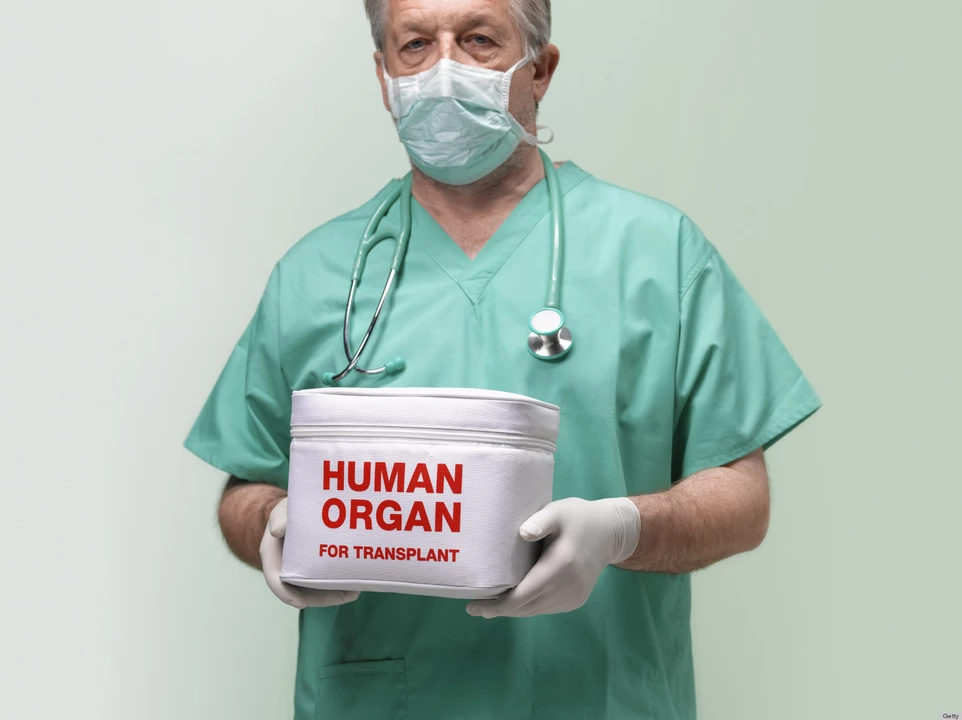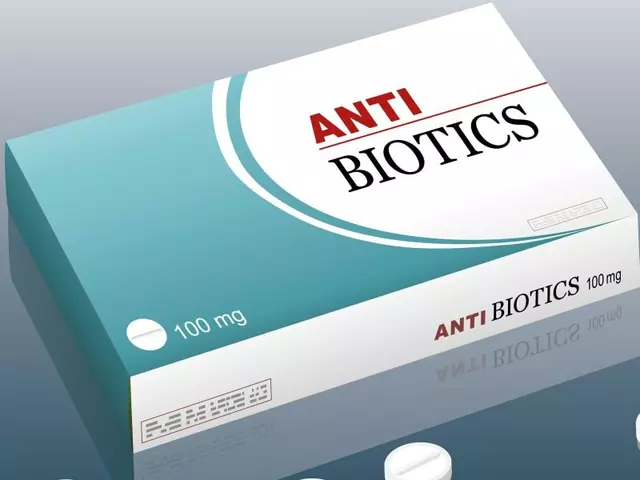Pediatric transplant patients: practical medication and care tips
Pediatric transplant patients face special medication and infection risks. After a transplant, children take immunosuppressants to protect the new organ, and that changes how drugs work, how infections behave, and how vaccines and labs are handled.
Know the core meds. Most kids are on a calcineurin inhibitor (tacrolimus or cyclosporine), an antiproliferative (mycophenolate), and often steroids. Each drug has clear side effects: tacrolimus can cause tremors, high blood sugar and kidney strain; mycophenolate can cause diarrhea and low white cells; steroids can slow growth, raise appetite, and affect mood. Ask your transplant team which effects to watch for and what to report right away.
Watch for drug interactions. Many common medicines change blood levels of immunosuppressants. Antibiotics like azoles, some antidepressants, seizure drugs, and even herbal products can be risky. Always tell every clinician, dentist, or pharmacist about the transplant and the immunosuppressant names. Carry a concise medication list and update it after every change.
Vaccines need timing. Live vaccines are usually not safe while on high immunosuppression. Inactivated vaccines may be less effective but still recommended. Your transplant center will give a vaccine plan—follow it. Household members should be up to date too; that protects the child.
Infection signs can be subtle. Fever, cough, tummy pain, or lower activity might mean infection. Because symptoms can be mild, call your transplant team early. Fast treatment prevents complications.
Labs and drug level checks matter. Tacrolimus and cyclosporine require regular blood levels. Blood counts, kidney and liver tests, and drug troughs often start weekly after transplant, then space out as the child stabilizes. Keep appointments and bring questions if doses change.
Adherence is critical. Missing doses risks rejection; extra doses without guidance risk toxicity. For older kids, use pill boxes, phone reminders, or apps. Involve adolescents in medication planning slowly—teach them names, doses, timing, and why each drug matters.
School, travel, and everyday life: Inform school nurses and coaches. Have an emergency plan, signed orders, and clear storage for meds. When traveling, carry medications in original containers, extra supply, and a letter from the transplant team for airport security and customs.
Mental health and growth: Transplant care affects mood, body image, and school performance. Ask about growth monitoring and referrals to psychologists or support groups familiar with pediatric transplant families.
When to call the team: fever above 38°C (100.4°F), persistent vomiting, breathing problems, jaundice, sudden weight gain or swelling, or any new severe symptom.
Reliable info sources include your transplant center, pediatric infectious disease specialists, and clear guides from established hospitals. If you see medication advice online, check it with your team before changing anything.
Keep an up-to-date med list, know the side effects, watch for infection signs, and partner closely with your transplant team. Small steps—timely labs, on-time meds, and quick calls—make a big difference.
Stay organized: set reminders, keep spare meds at home, and teach caregivers the plan. Always carry transplant card and emergency contacts. Talk openly with school and social circles so the child feels normal and supported now.

In my recent blog post, I delved into the crucial role of Tacrolimus in pediatric transplant patients. This medication, commonly used as an immunosuppressive drug, helps to prevent organ rejection and ensure a successful transplant process for children. I discussed its efficacy, dosage guidelines, and potential side effects, emphasizing the importance of close monitoring and adjustment by healthcare professionals. Overall, Tacrolimus has proven to be a vital component in improving the quality of life for pediatric transplant recipients.






